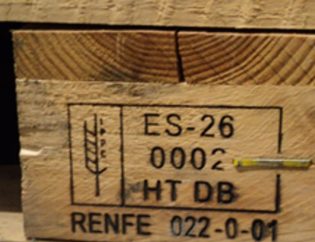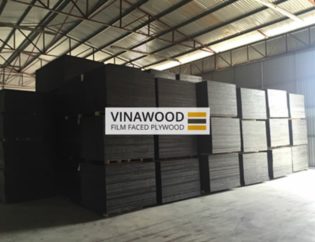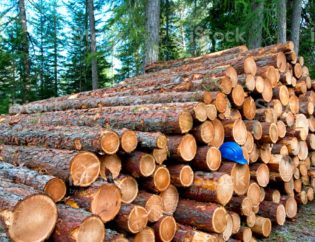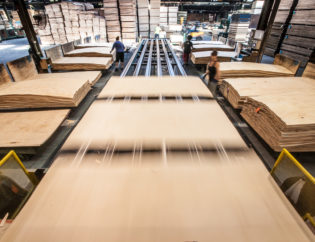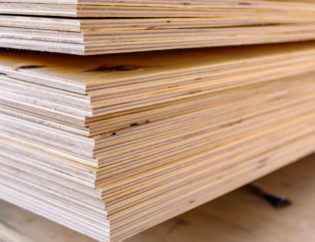
Decotecinc – As a wood supplier in the greater Toronto area, Decotec Inc is proud to be part of the Canadian wood industry with its diverse historical roots and its immense influence on the Canadian economy.
The early history of Canada’s wood industry
Early European settlers started using wood for construction as early as the 11th century. The quantities of lumber production has increased continuously as the number of settlers has increased over the next centuries.
The 19th century saw an increased demand for wood products fueled by Napoleon’s wars in Europe and military building efforts of other European nations. The British empire was cut off by the French from its traditional wood suppliers in Europe and turned to Canada – a land covered by huge forests.
Work was done mainly in the winter because it was easier to cut trees and transfer the lumber on icy ground. Another reason was that many workers were out of work during the winter and employers could pay less and still attract enough workers.
The demand for wood caused the development of an industry that required large capital investment in equipment and man power, and caused the development of new settlements and infrastructure. Since then, the logging industry never stopped evolving and became one of Canada’s major industries.
Canada’s wood industry today
Canadian forests are covering about 42 percent of Canada’s land. The Canadian forestry industry supplies mainly three types of trees: Spurce, Poplar and Pine. Canada is the world’s second wood products exporter. In 2015 Canada exported more than 21.5 billion dollars worth of wood products, up from $20.7 billion in 2014 and $19 billion in 2013. The U.S. is the largest trading partner for wood products, more than China and Japan (numbers 2 and 3 on the list). Most forestry work is done in British Columbia, Ontario and Quebec.
Vietnam Plywood
Vietnam Film Faced Plywood


